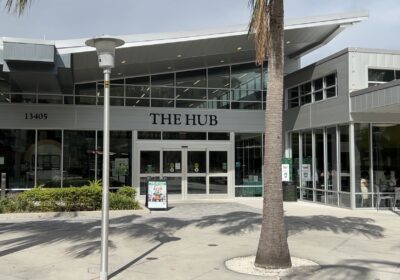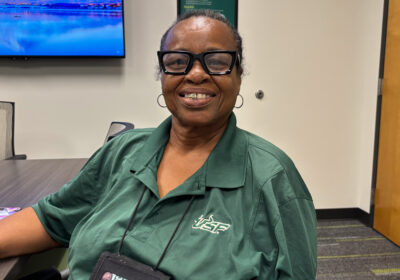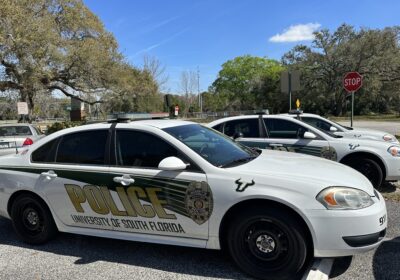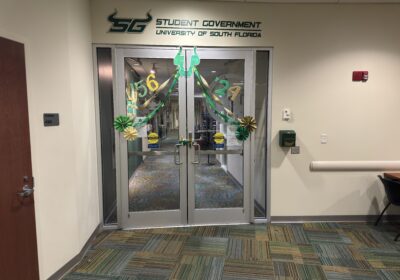Art exhibit aims to higlight transgender experience
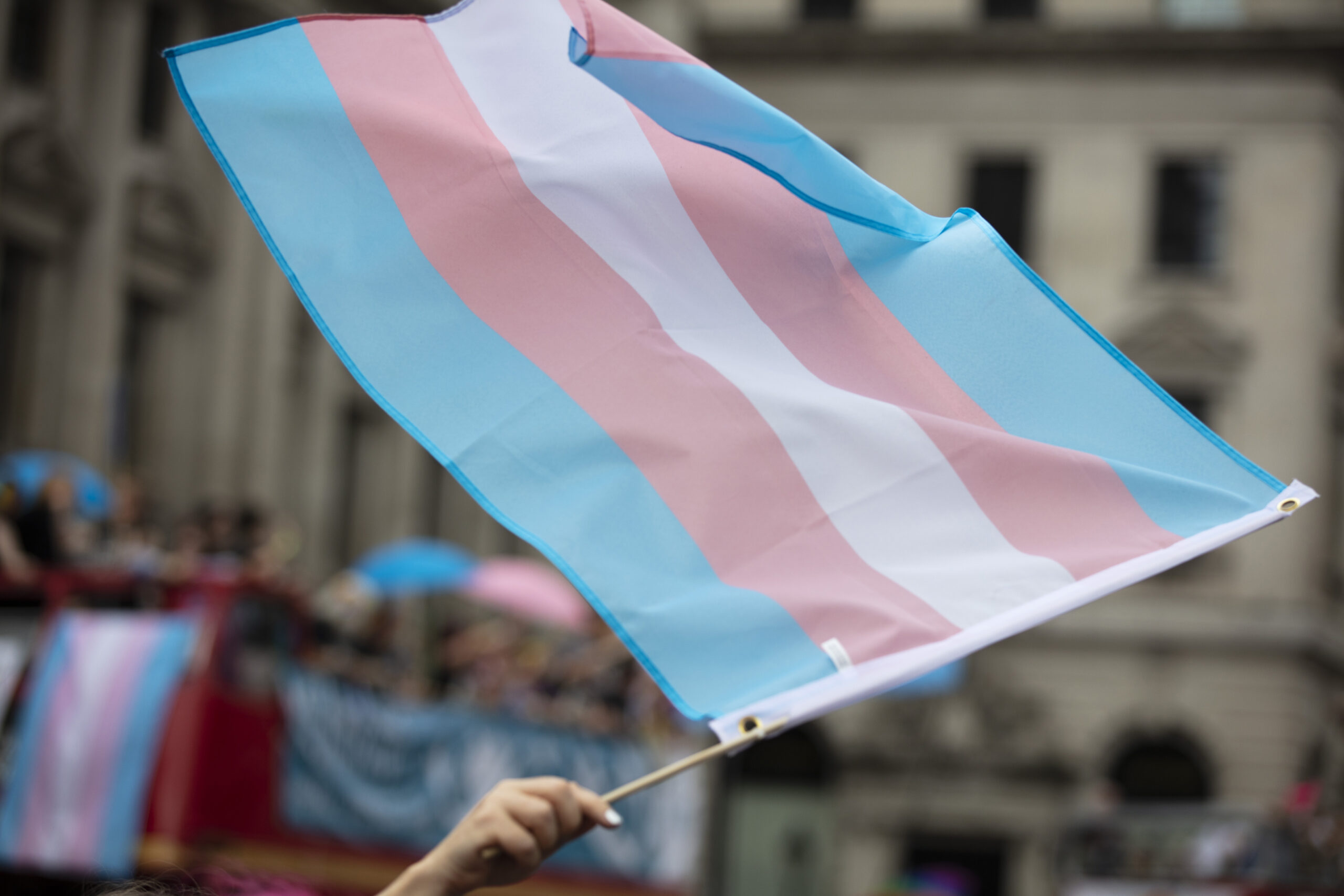
The power of art will be used to uplift and connect the transgender community in an effort to tell their stories during an on-campus exhibition showcasing painting, films and poetry to the USF community.
The department of Women’s and Gender Studies and its alumni group organized the art exhibit “Visibility and Remembrance: Standing with the Transgender Community.” The project, which aims to promote transgender visibility and remembrance, will offer a platform for transgender people to share their experiences, according to Tangela Serls, an instructor and undergraduate director in the Department of Women’s and Gender Studies.
The exhibition will kick off Wednesday from 3-4 p.m. and run until April 1, honoring Transgender Day of Remembrance on Nov. 20 and Transgender Day of Visibility on March 31. It is free of charge and will take place at the College of Arts and Sciences Multidisciplinary Complex, inside room 202.
In-person viewing is by appointment-only between November and December. The dates for the spring in-person viewing will be announced in January, according to Sarah Jünke, a project coordinator in Women’s and Gender Studies. The event will be available virtually throughout the duration of the exhibit.
The department will host an opening reception Nov. 17 from 3-4 p.m. It will be a virtual event streaming on Microsoft Teams, and individuals can register to attend on the exhibit’s website.
Finn Lefevre, a Western Massachusetts-based freelance dramaturg who teaches drama and does activist and theater work focused on the transgender experience, will deliver opening remarks. During the reception, Lefevre will host an artist talk and Q&A session featuring sculptor Lee Pearson, poet Sukhy Parhar and printmaker Mac McCusker.
Serls said the project was a result of the department’s desire to create more events that centered on minority experiences.
“Last year, we started our anti-racism series, which went really well, and we’re continuing it, but at the end of last [school] year, maybe the end of the spring or summer of ‘21, we were thinking of what else we could do to amplify diversity,” said Serls.
The department asked artists to reflect on the experiences, representations, identities and/or the politics of being transgender. When planning the exhibit, Jünke said the team prioritized artwork created by trans artists and allies, and will showcase 45 submissions from 31 artists.
“A lot of the pieces from the artists, particularly those who identify as trans, are very personal stories,” said Jünke.
“The art really speaks for itself, sometimes the descriptions really tell you a lot too. But they’re all very personal, a lot of them are depictions [of the artist] grappling with figuring out their identity, some of them are kind of depictions of them where they are now or they have kind of come to a place of peace with their identity.”
The selected pieces will represent artists from nine countries, including Canada, France, Germany, India, Nigeria, Poland, Switzerland, the U.S. and the U.K.
The main goal of the exhibition, according to Jünke, was to provide each artist with a platform to share their unique perspective. Jünke said this was especially important to the department due to the statistics surrounding violence against transgender people and how it inhibits them from sharing their stories. Jünke discussed how every year is always the deadliest year for transgender people, as both attacks and suicides rise annually.
“There’s just so much information [and] there’s a lot of hate that’s coming from places of not understanding and just refusing to let people live their lives,” said Jünke. “And then, when you look at the exhibit, all the things that these people are [fear mongering] about, none of that is there, it’s just [about] people wanting to live their lives and not be hated and not be ostracized, and harmed and hurt by other people.”
Besides promoting transgender visibility, the exhibit will also focus on the significance of intersectionality between gender, social status, nationality and race.
One of these events is the Power of Art in Social Change, taking place virtually Jan. 18. The event will feature a conversation with gender rights activist, writer and painter Kalki Subramaniam where she will talk about her poetry and showcase her art. Those interested can attend for free by registering on EventBrite.
The Power of Art in Social Change will also feature recordings of some Indian artists sharing their thoughts and host a lecture comparing transgender issues between the U.S and India.
A virtual lecture on Decolonizing Sport on Feb. 8 will feature cultural anthropologist Katrina Karkazis and educator Roc Rochon and focus on the intersections of being Black and transgender.
“They’re going to be talking about intersections of blackness and transness in sport, and ideas of how to decolonize sport,” said Jünke.
The intersection of Black and transgender issues will be the topic of a discussion with Marquis Bey, a scholar of black feminism and transgender experiences. The event will take place Feb. 24 and the location will be announced through email in the coming months.
Jünke said more information for these events as well as the virtual art gallery will be available on the event’s website.
Serls said a large part of achieving visibility is not by reinforcing painful experiences and narratives of struggle, but rather by giving the transgender community the space to live their lives and tell their own stories.
“We wanted to celebrate the beauty and joy in the trans community as well, and what better way to do that than with art,” said Serls. “This goes back to … affirming the trans community’s humanity as they endeavor to live fully actualized lives.”
To Jünke, the exhibition is meant to serve as a testament to uplifting the transgender representation. Jünke said the department wants the exhibit to celebrate the beauty and joy in the trans community through art.
“I think that’s part of the visibility,” said Jünke. “It’s just people trying to live their lives, in a way that feels OK to them, and allows them to feel happy.”



